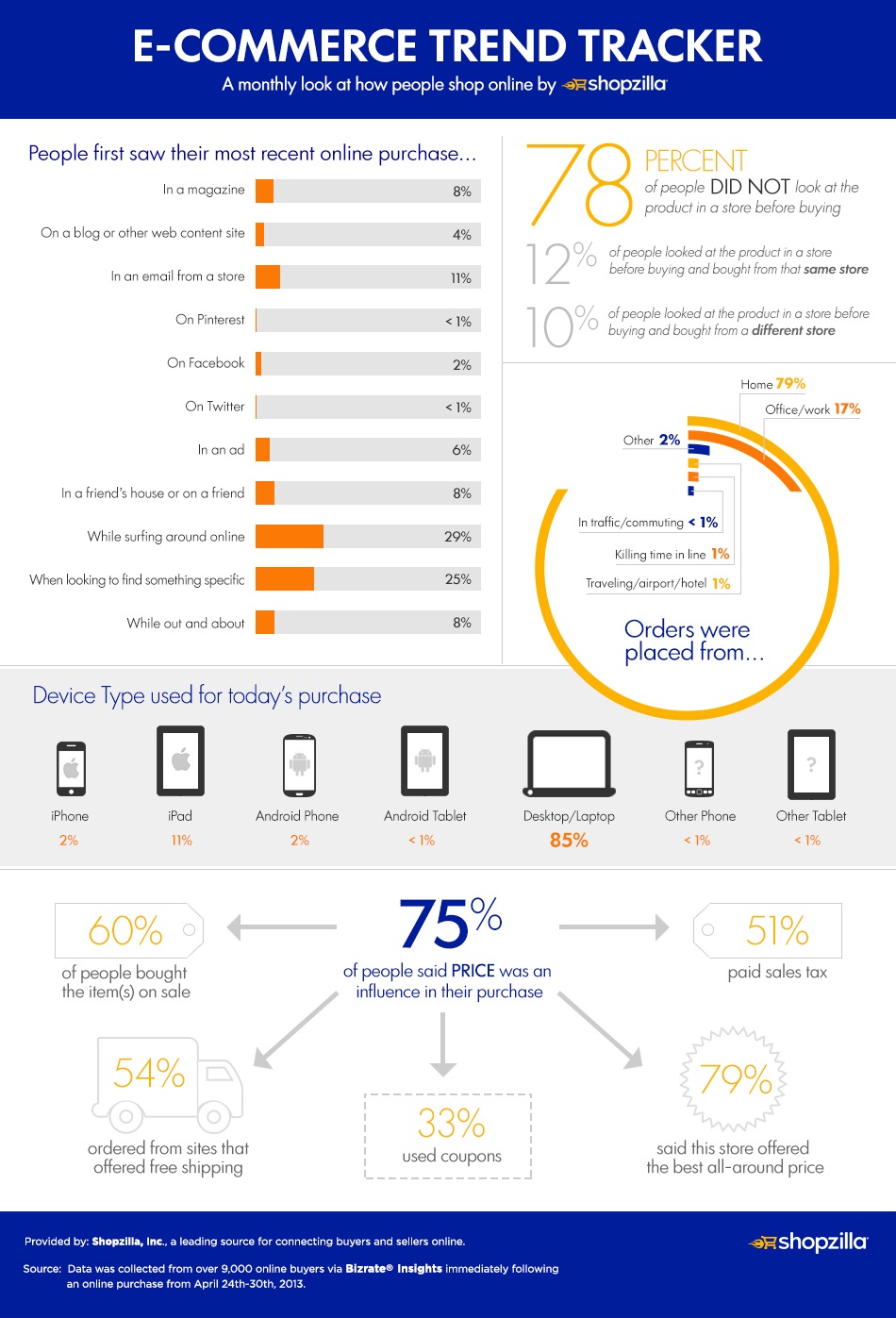 Tablets are overcoming smartphones in mobile commerce
Tablets are overcoming smartphones in mobile commerce
Mobile payments may be becoming more common as more consumers become reliant on mobile technology, but whether tablets or smartphone are more favored for online shopping has remained something of a mystery for some time. Smartphones have long held a dominant presence in the field of mobile commerce as many consumers often use these devices while shopping to search for and purchase products. A new report from Forrester Research, a leading market research firm, suggests that tablets may soon replace smartphones for this purpose.
Consumers prefer tablets
According to the report, 30% of tablet owners in the U.S. use their device for mobile commerce. Comparatively, the report shows that only 13% of smartphone users have made a purchase through their mobile device. The report suggests that consumers favor tablets because of the larger screens features on such devices. The larger screen allows for better control and navigation, providing a more enjoyable shopping experience overall.
Report predicts growth of mobile commerce
The report from Forrester Research also forecasts mobile commerce sales for this year and through 2016. Currently, the report does not factor in sales made through tablets and only accounts for those made through smartphones. The report predicts that mobile commerce sales will reach $12 billion this year. Sales will increase exponentially over the next few years and reach $27 billion by 2016. This growth is largely driven by the expanding availability of mobile devices. Tablets are expected to contribute significantly to mobile commerce sales in the future. Forrester research predicts that 45% of mobile consumers will be tablet owners by 2016.
Study suggests that tablets will drive mobile commerce sales in US
Another study conducted by eMarketer, a market research firm, suggests that tablets will drive the majority of mobile commerce sales in the U.S. this year. This study predicts that tablets will become the primary mobile commerce platform among consumers, representing some 71% of mobile spending by 2017.

 An infographic released by Shopzilla has indicated that smartphones and tablets having a meaningful impact.
An infographic released by Shopzilla has indicated that smartphones and tablets having a meaningful impact.